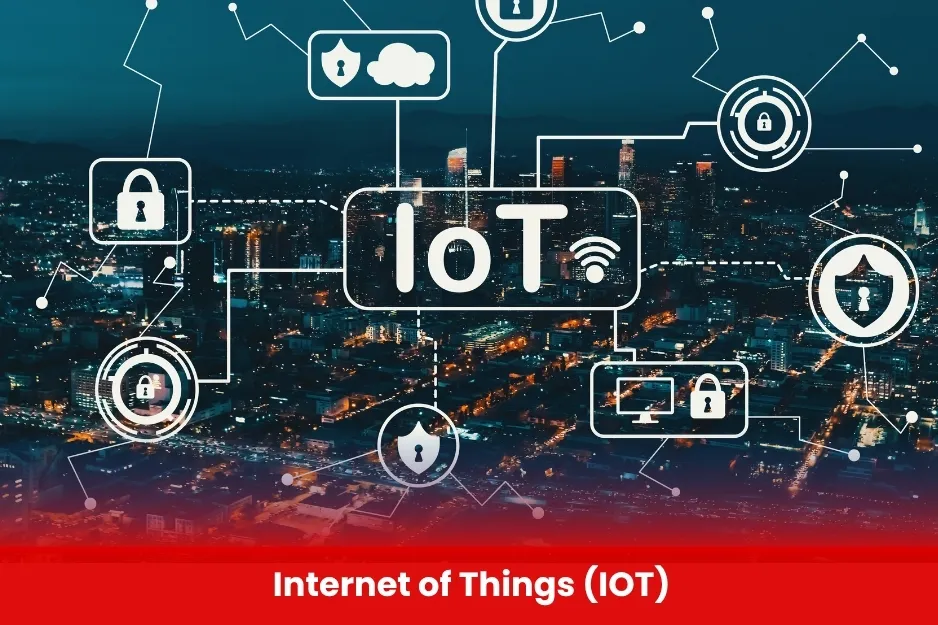Internet of Things (IOT)
To equip participants with fundamental knowledge and practical skills in designing, developing, and deploying IoT systems, enabling them to connect devices, collect data, and create smart, automated solutions for real-world applications.

Aim Of Internet of Things (IOT)
To equip participants with fundamental knowledge and practical skills in designing, developing, and deploying IoT systems, enabling them to connect devices, collect data, and create smart, automated solutions for real-world applications.
Course Overview
Internet of Things (IOT)
Total Modules 5
Training Credits 10
Directed Learning Hours (DLH) 50
Course Code BUK1120
- Basic understanding of electronics and programming (recommended but not mandatory)
- Students or professionals from Engineering, Computer Science, IT, or related fields
- Hobbyists and enthusiasts interested in learning about IoT technology
- Anyone with a keen interest in smart devices, automation, and embedded systems
| Course Code | Curriculum Title | Credit | DLH |
|---|---|---|---|
| BUK1120-1 | Introduction to IoT | 2 | 10 |
| BUK1120-2 | IIoT & Industrial Context (Industrial IoT) | 2 | 10 |
| BUK1120-3 | Communication Technologies | 2 | 10 |
| BUK1120-4 | IoT Workflow and Visualization | 2 | 10 |
| BUK1120-5 | Integration with Industrial Software | 2 | 10 |
Module 1: Introduction to IoT
- Overview of IoT concepts and real-world applications
- Understanding IoT system architecture and components
Module 2: IIoT & Industrial Context (Industrial IoT)
- Distinction between IoT and IIoT
- Benefits and features of IIoT in industrial environments
Module 3: Communication Technologies
- Practical use of MQTT protocol including Mosquitto MQTT Broker setup
- Demonstrations of MQTT communication using Node-RED and TIA Portal integration.
Module 4: IoT Workflow and Visualization
- Working with Node-RED: dashboard creation (Gauges, Graphs), data injection, manipulation, and debugging
- Building visual dashboards and managing data flow within IoT systems
Module5: Integration with Industrial Software
- Integrating TIA Portal with local MQTT Broker, Node-RED, and IoT workflows to enable industrial-level connectivity.
- Engineering students (Electrical, Electronics, Mechatronics, Computer, Telecom)
- Computer science / IT students or graduates
- Technical diploma (DAE) holders in electronics, instrumentation, or automation
- Professionals working in industrial automation, embedded systems, or smart technologies
- Hobbyists and beginners interested in learning about IoT systems and device connectivity
- Anyone with basic knowledge of electronics and programming
- All Modules within this qualification are assessed internally by the approved training Centre and externally verified by BURRAQ UK. The program uses a criterion-referenced assessment approach to ensure that learners successfully meet all required learning outcomes.
- A Pass in any unit is granted only when the learner submits valid, reliable, and authentic evidence that demonstrates achievement of the assessment criteria. The Assessor is responsible for reviewing this evidence and confirming that the learner has attained the expected standard.
- To guarantee fairness, transparency, and consistency, assessors are required to maintain a detailed audit record, clearly documenting the basis of their assessment decisions in line with quality assurance requirements.
